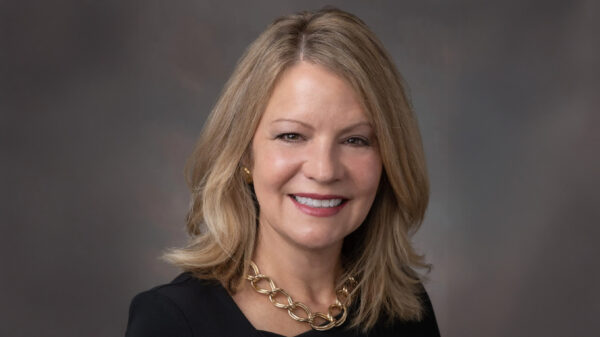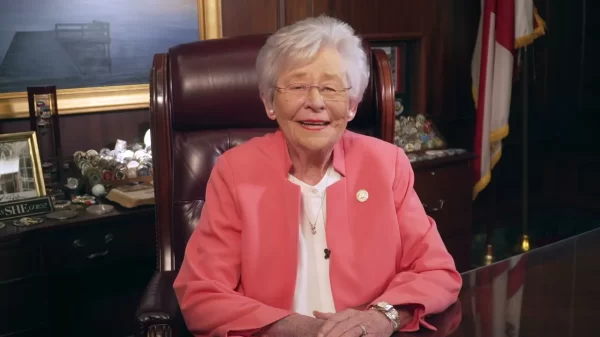Governor Kay Ivey announced Friday that Alabama’s preliminary, seasonally adjusted June unemployment rate is 3.3 percent, down from May’s rate of 3.4 percent, and well below June 2020’s rate of 7.7 percent. June’s rate represents 73,744 unemployed persons, compared to 75,398 in May and 171,721 in June 2020, representing an over-the-year drop of 97,977.
“As our unemployment rate continues to drop and employers continue to fill jobs, we’re proud to celebrate the fact that Alabama is open for business,” Ivey said. “The drastic changes we’ve seen since last year are truly remarkable and are a testament to the dedication and work ethic of Alabamians. After months of struggling through an unprecedented pandemic, I’m proud to say that nearly 90,000 more Alabamians are working today than last year!”
In June, 2,139,420 people were counted as employed, up 89,705 from June 2020.
“Our jobs count this month hit its highest mark so far in 2021,” said Labor Secretary Fitzgerald Washington. “Employers are eagerly looking for employees and are actively hiring. We’re especially proud to say that the leisure and hospitality industry, which took such a severe hit during the pandemic, is also at a yearly high, and has seen yearly growth of nearly 29,000 jobs.”
Wage and salary employment grew in June by 13,400. Monthly gains were seen in the leisure and hospitality sector (+8,100), the manufacturing sector (+2,600), and the trade, transportation, and utilities sector (+2,600), among others. Over the year, wage and salary employment increased 89,200, with gains in the leisure and hospitality sector (+27,900), the professional and business services sector (+15,700), and the manufacturing sector (+14,700), among others.
According to Help Wanted Online data, the number of online job postings measured 88,165 in June, which is more than the number of people counted as unemployed. Additionally, the number of initial claims filed for the week ending July 10 was 5,435, the lowest since the pandemic began. Since Alabama made the decision to end federal pandemic unemployment benefits, the number of initial unemployment claims has significantly dropped and the number of online job postings has decreased as employers fill open jobs.
Counties with the lowest unemployment rates are Shelby County at 2.4 percent, Blount County at 2.5 percent, and Marshall and Cullman Counties at 2.6 percent. Counties with the highest unemployment rates are Wilcox County at 10.4 percent, Lowndes County at 9.8 percent and Perry County at 9.0 percent.
Major cities with the lowest unemployment rates are Alabaster at 2.4 percent, Homewood and Vestavia Hills at 2.5 percent, and Hoover at 2.6 percent. Major cities with the highest unemployment rates are Selma at 8.9 percent, Prichard at 8.3 percent and Anniston at 6.1 percent.
“Seasonal adjustment” refers to BLS’s practice of anticipating certain trends in the labor force, such as hiring during the holidays or the surge in the labor force when students graduate in the spring, and removing their effects to the civilian labor force.
The Current Population, or the household survey, is conducted by the Census Bureau and identifies members of the workforce and measures how many people are working or looking for work.
The establishment survey, which is conducted by the Bureau of Labor Statistics, a division of the U.S. Department of Labor, surveys employers to measure how many jobs are in the economy. This is also referred to as wage and salary employment.























































